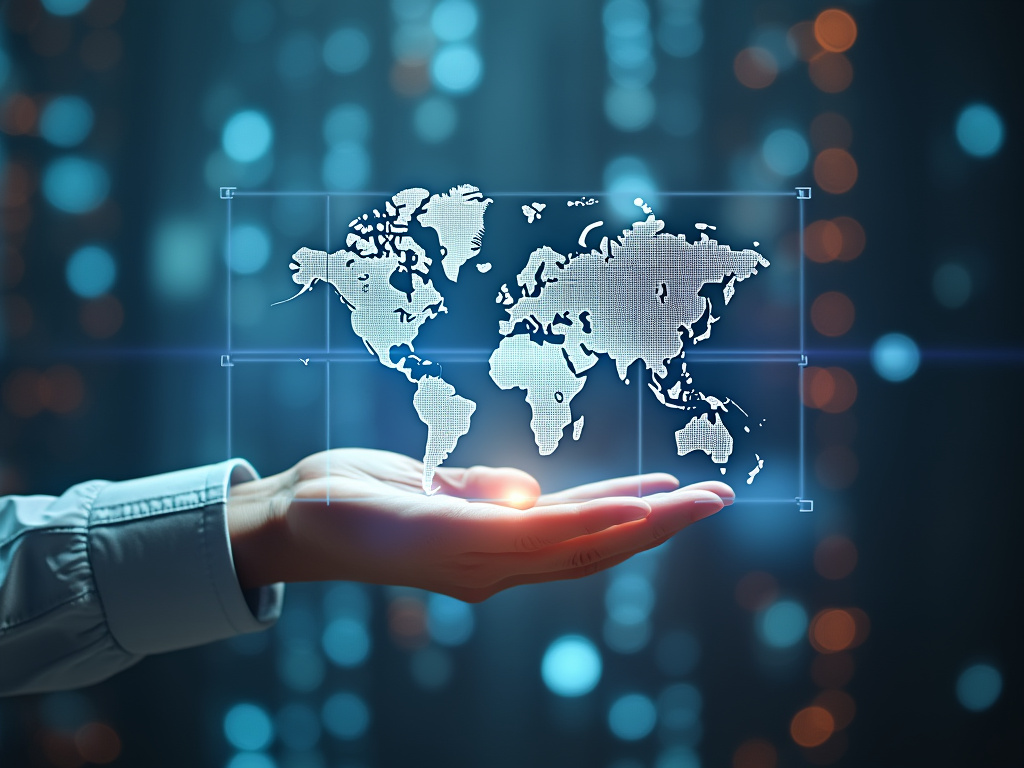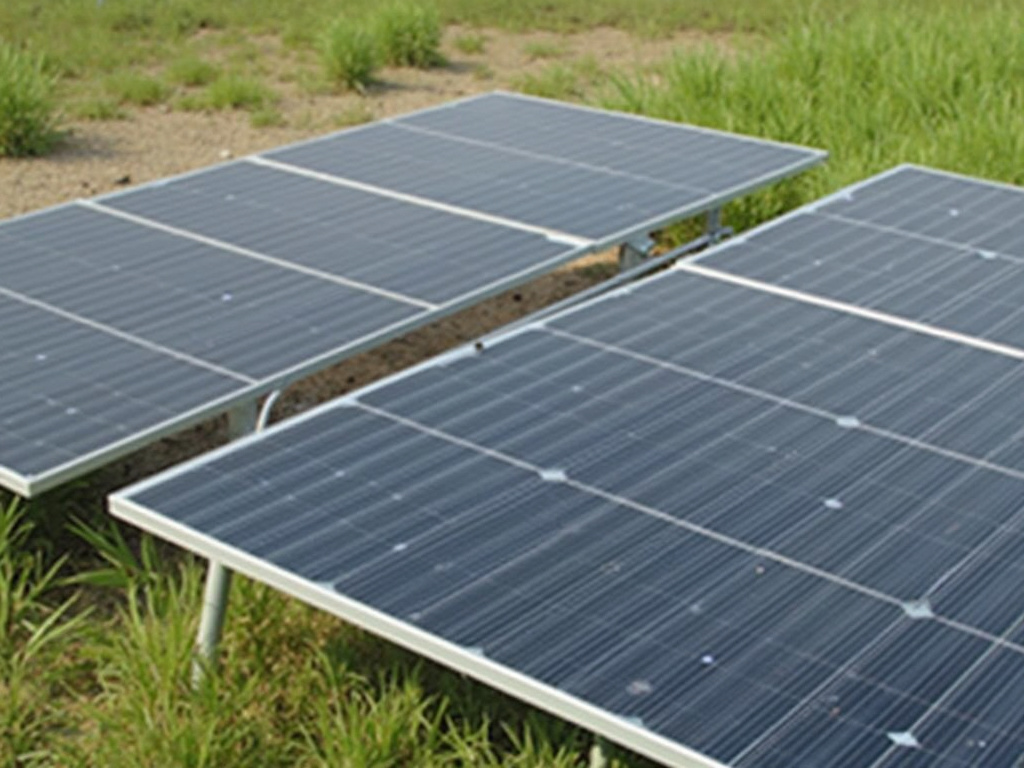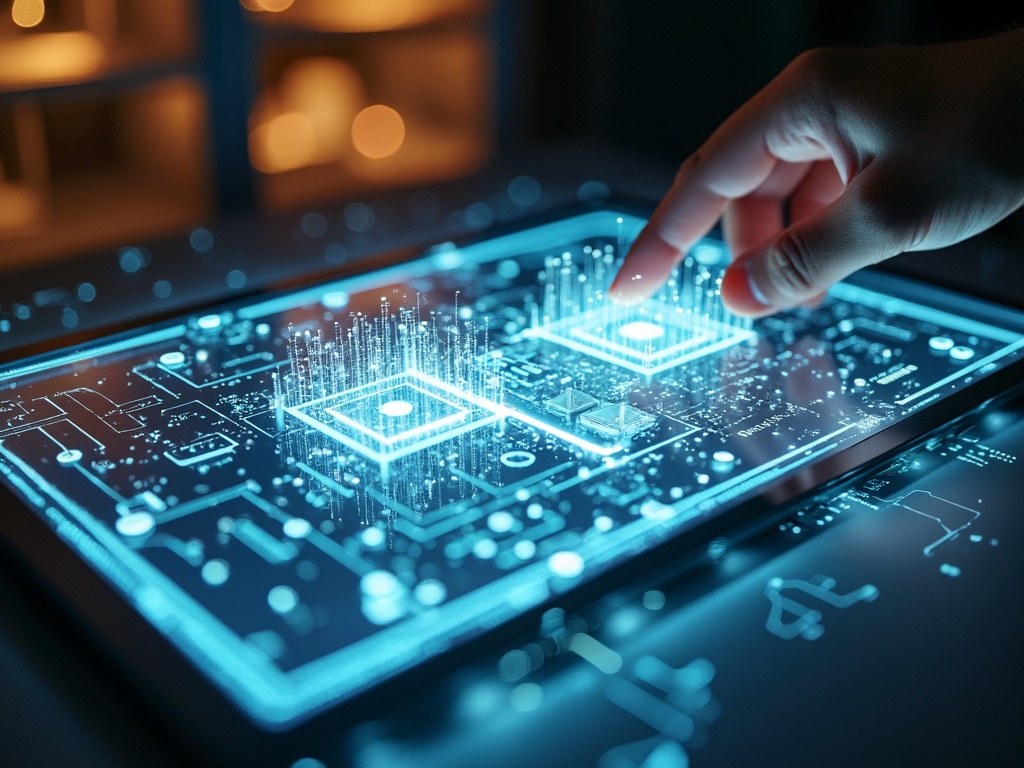The convergence of 5G and IoT is ushering in a new era of connectivity, transforming our world into a seamlessly integrated digital ecosystem. This revolutionary combination promises to reshape industries, enhance daily life, and create unprecedented opportunities for innovation and efficiency across various sectors.
Key Takeaways:
- 5G enables real-time communication and data transfer between IoT devices
- By 2025, an estimated 27 billion IoT devices will be connected worldwide
- 5G-enabled IoT is transforming industries like healthcare, agriculture, and manufacturing
- Edge computing enhances IoT performance by enabling faster data processing
- The integration of 5G and IoT brings new security challenges that must be addressed
5G and IoT: A Revolutionary Convergence
The integration of 5G technology with the Internet of Things (IoT) is creating a revolutionary shift in how we connect and communicate. This powerful combination enables real-time communication and seamless data transfer between devices, sensors, and applications, opening up a world of possibilities.
5G networks offer speeds up to 15-20 Gbps, significantly faster than their 4G predecessors. This dramatic increase in speed is coupled with a reduction in latency to levels ten times lower than 4G, making it crucial for critical applications such as remote surgeries and autonomous vehicles.
One of the most significant advantages of 5G is its ability to support a massive number of connected devices. This capability addresses the growing demand for IoT ecosystems. According to recent projections, by 2025, we'll see an estimated 27 billion connected IoT devices worldwide, a substantial increase from 14.4 billion in 2022.
The impact of this growth is already visible in our homes. A typical U.S. household now has 22 connected devices, highlighting the rapid adoption of IoT technology in everyday life.
Transforming Industries with 5G-Enabled IoT
The combination of 5G and IoT is set to revolutionize various industries, enhancing efficiency, productivity, and user experiences. Here's how some key sectors are being transformed:
- Healthcare: Telemedicine, remote diagnostics, and patient monitoring are becoming more accurate and reliable.
- Smart Cities: Efficient management of resources, traffic control, public safety, and environmental monitoring are improving urban living.
- Agriculture: Precision farming, crop monitoring, and livestock management benefit from real-time data collected by sensors and drones.
- Industrial Automation: Real-time monitoring and control of machinery and processes are improving productivity and minimizing downtime.
- Autonomous Vehicles: Ultra-low latency and high bandwidth ensure safe and efficient operation of self-driving cars.
These advancements are just the tip of the iceberg. As 5G-enabled IoT continues to evolve, we can expect to see even more innovative applications across various sectors.
Edge Computing and IoT: Enhancing Performance and Security
Edge computing is playing a crucial role in maximizing the potential of 5G and IoT. By integrating edge data centers with 5G networks, we can enable real-time data processing and significantly reduce latency. This integration facilitates faster response times and improved user experiences in applications that require instantaneous data processing.
The global scaling of edge infrastructure is meeting the growing demand for low-latency and real-time processing. However, this expansion also brings new challenges, particularly in terms of security and data privacy.
The increased number of connected devices expands the potential attack surface, making robust security protocols essential. To address these concerns, comprehensive security measures and regulatory frameworks are necessary. These safeguards will help protect sensitive data and mitigate vulnerabilities in the expanding IoT ecosystem.
The Future of Connectivity: Challenges and Opportunities
As 5G and IoT continue to evolve, they're transforming various aspects of life into a seamlessly connected and responsive digital ecosystem. The integration of 5G, IoT, edge networks, and AI is weaving every aspect of our lives into a fabric of connectivity, unlocking a new era of technological advancement.
To fully realize this potential, collaboration among industry stakeholders is crucial. By working together, we can create a cohesive ecosystem that maximizes the benefits of these technologies while addressing potential challenges.
The future of connectivity holds immense promise, but it also requires careful consideration of security, privacy, and ethical implications. As we move forward, it's essential to balance innovation with responsible development to ensure that the benefits of this connected world are accessible and safe for all.
Sources: NordicIT, Limestone Digital, Tecknexus, Mission Critical Magazine, Verizon Business






